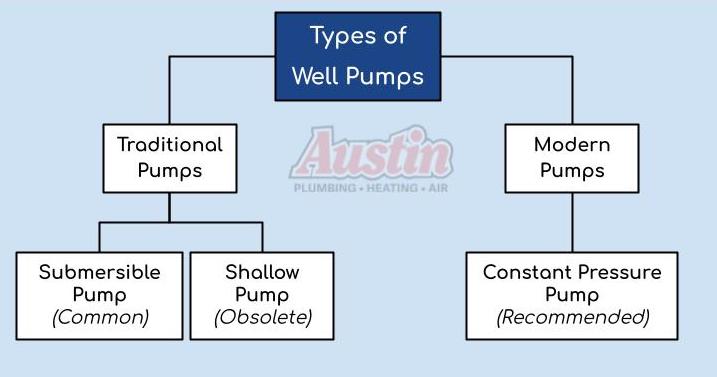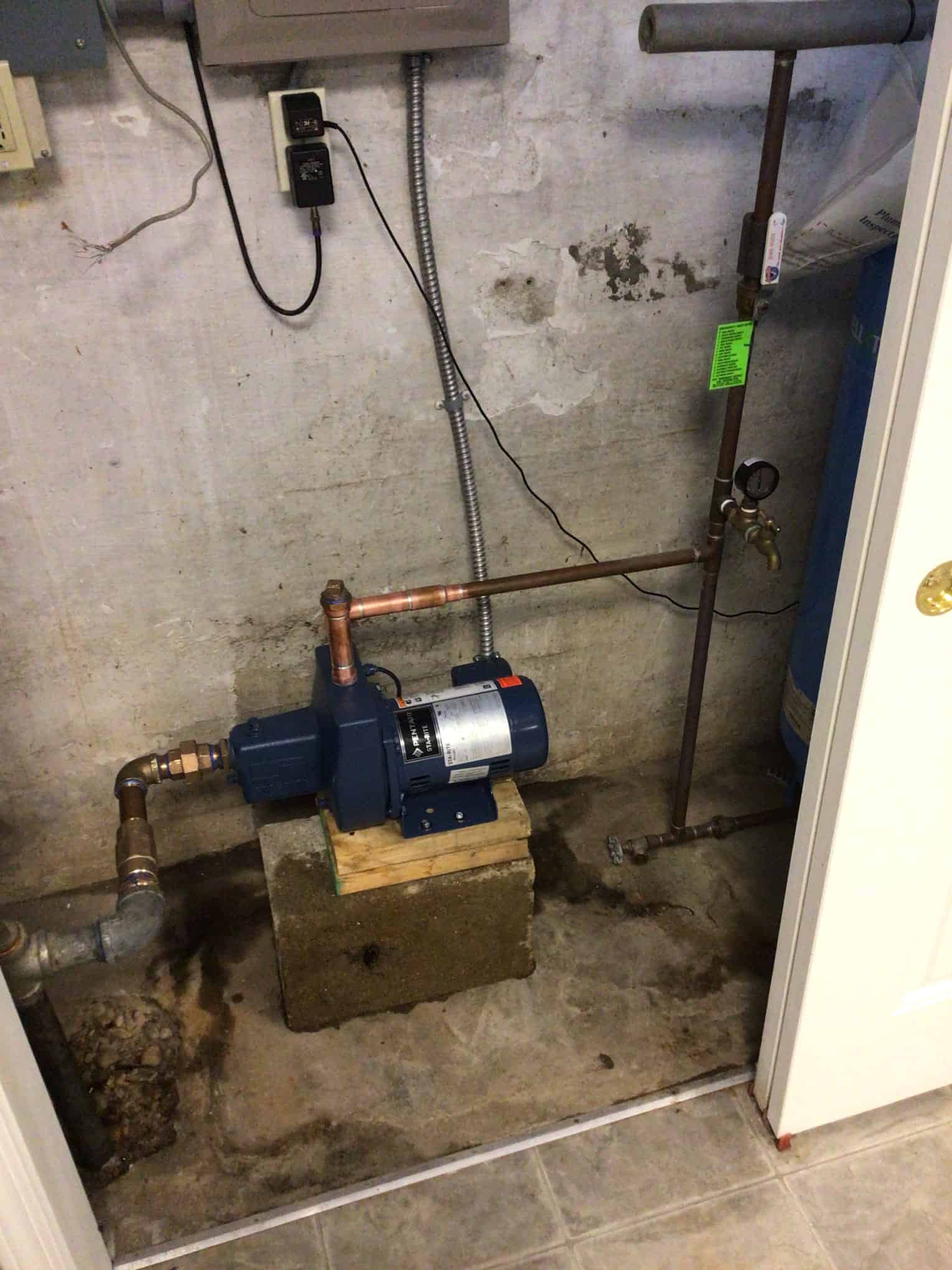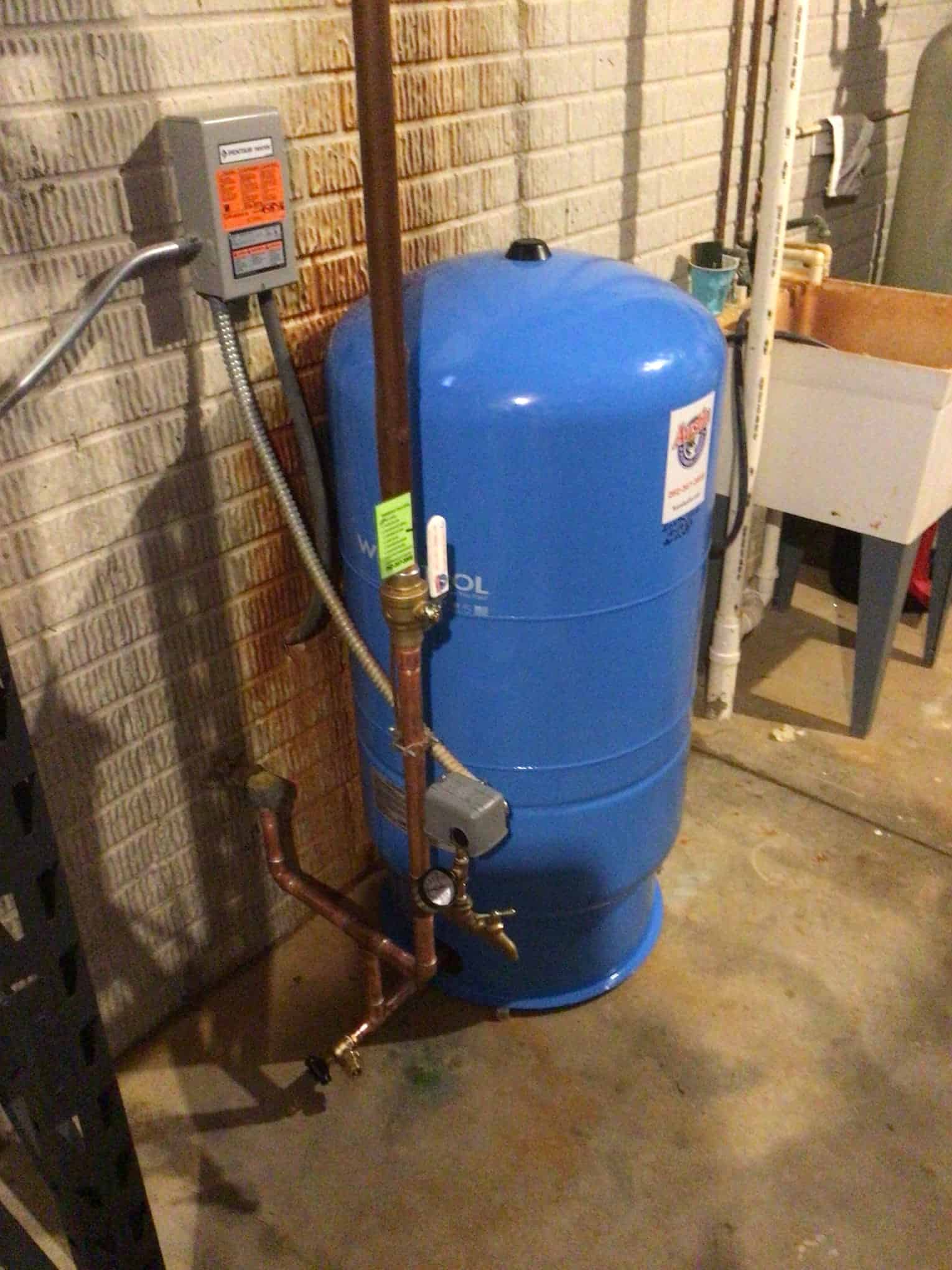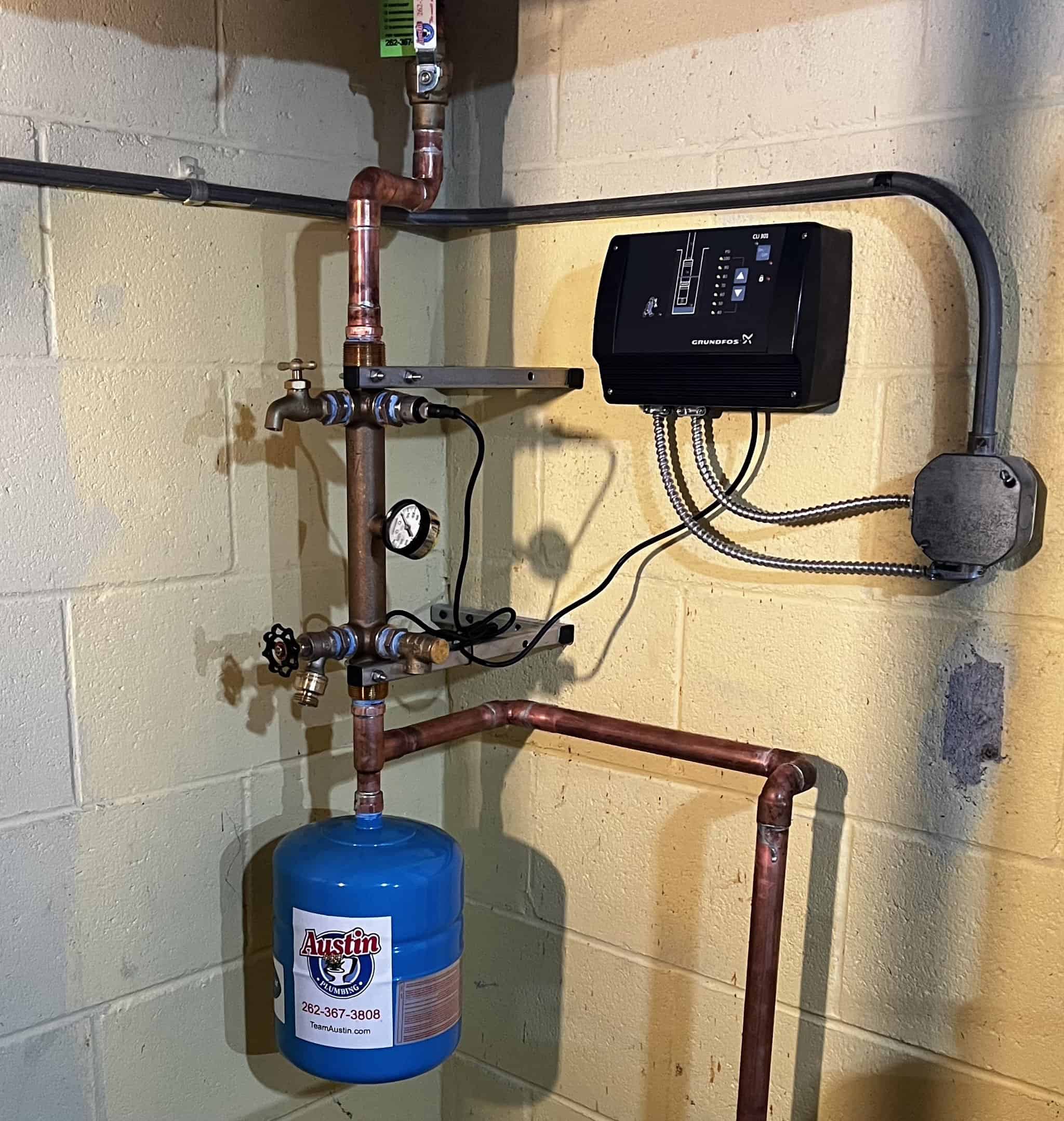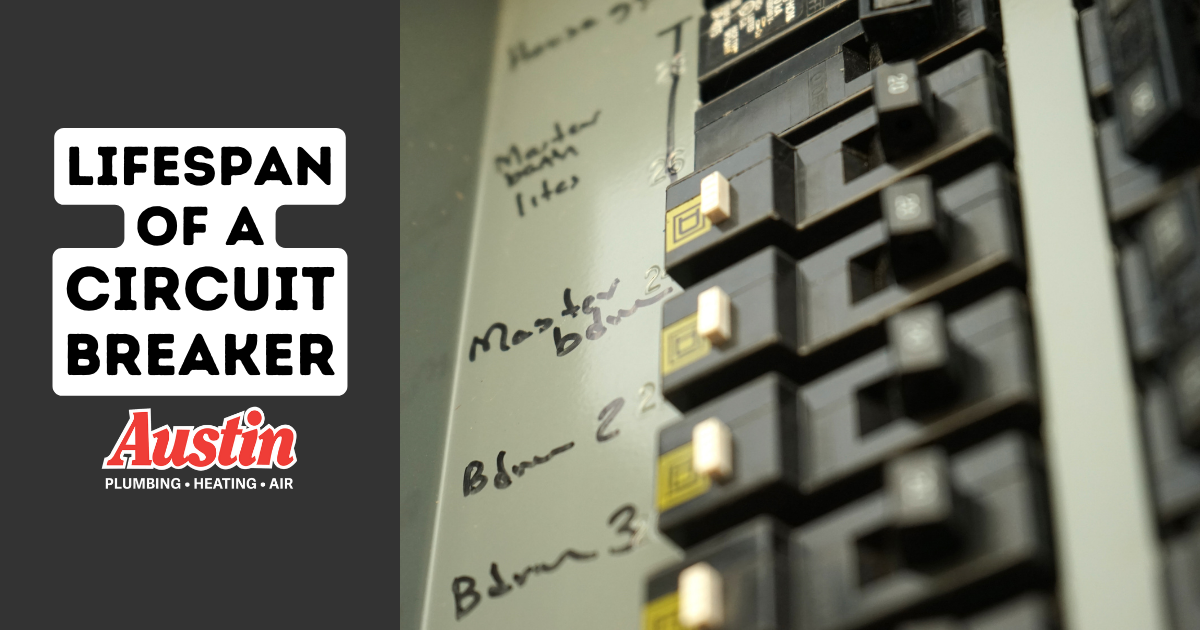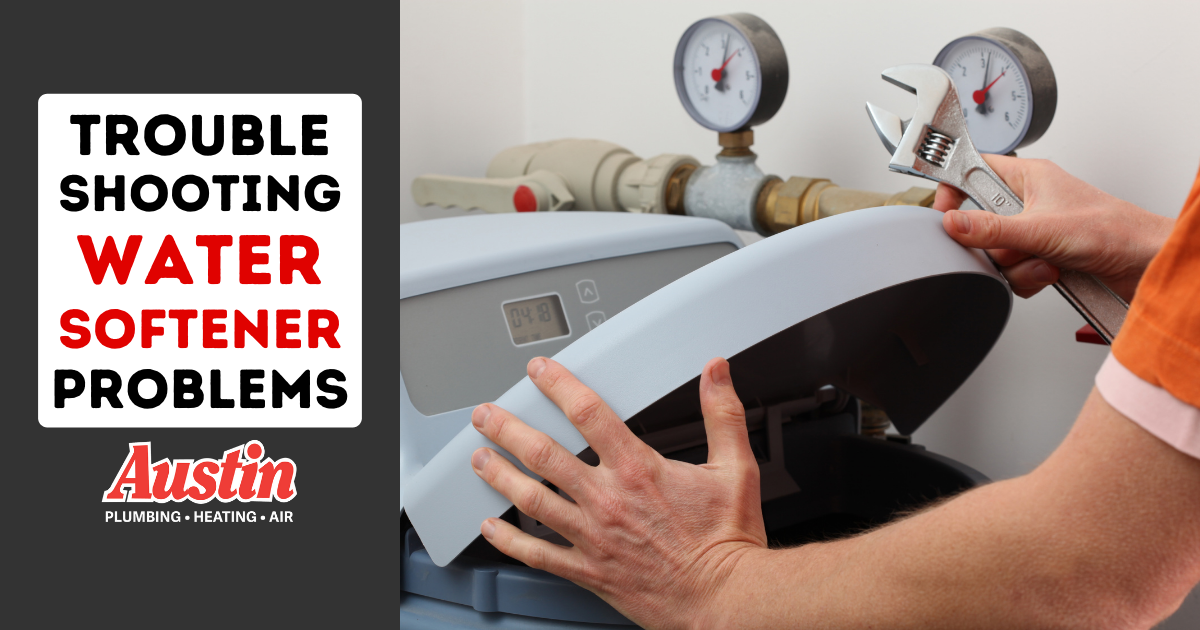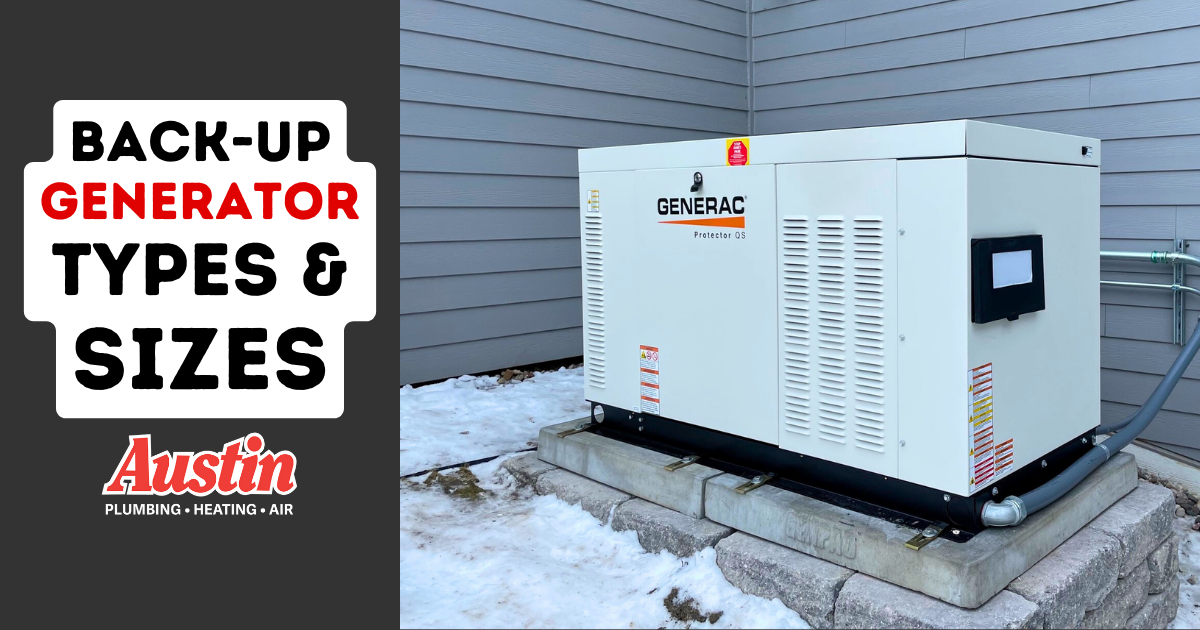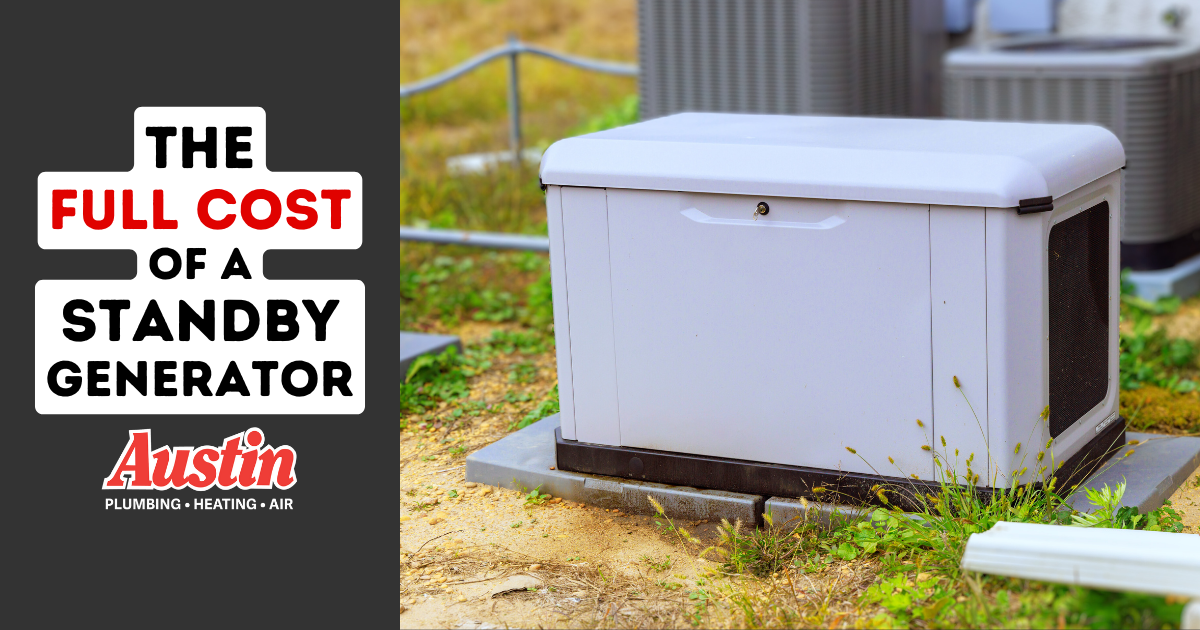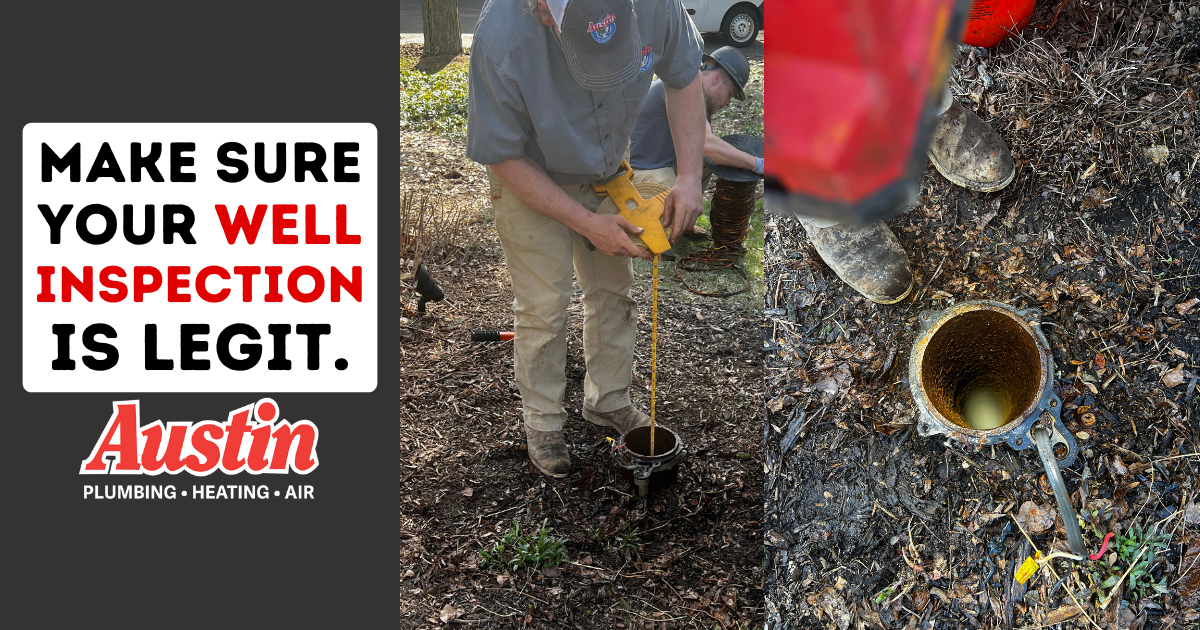The 3 Most Common Home Well Pumps In Wisconsin
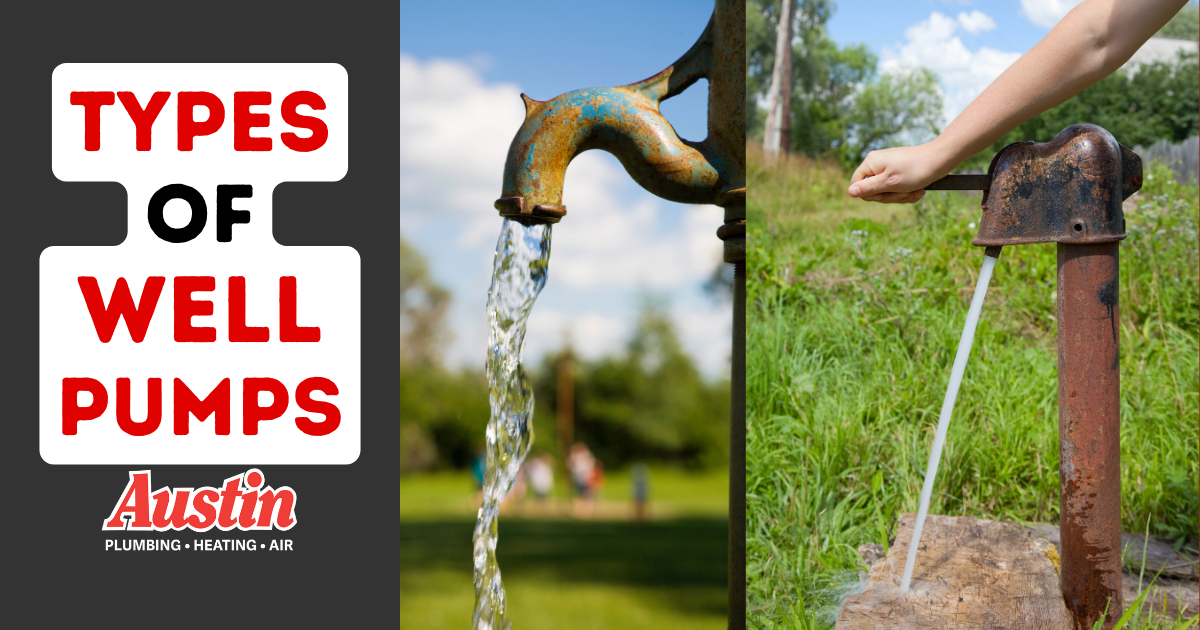
Answering the most common questions asked by well owners in Southeastern Wisconsin (and the upper Midwest) about the different well systems.
If your well pump is a mystery to you-or if you’re considering a new one-we encourage you to bookmark this page for reference! We’ll cover:
- The 3 main types of water well pumps and well systems commonly found in Wisconsin
- How to determine which well system you have
- Head-to-head comparison between the 3 most common well pump types
- Benefits to upgrading you well pump
The Three Main Types of Residential Well Pumps
Shallow well pumps were once commonplace, but the vast majority have already been replaced by submersible ones.
Submersible well pumps, also called “standard” well pumps, can be found in most homes today. (If you aren’t sure what kind of pump you have, it is probably submersible.)
Constant pressure well pumps are quickly replacing submersible well pumps and are expected to become the new standard.
How long should I expect a well pump to last?
Mid-to-high life expectancy: A submersible well pump lasting between 12 and 15 years would be a good useful life. It is possible to get a mid to high life expectancy out of a well pump but the its critical that: A) The well pump was installed correctly, and B) the well pressure tank was set up properly.
Premature well pump failure: We would consider any well pump under 7-10 years a short lifespan for a well pump. If your pump is showing early signs of failure, we can help determine whether it needs repairs or replacement. A well pump failure in the first 10 years can almost always be attributed to improper maintenance, installation or a failed well tank. Learn more about well maintenance.
Ways to Identify Which Well Pump You Have
Signs You Still Have a Shallow Pump
The idiom of “pounding a point well” came from this low-cost, do-it-yourself method of driving a pointed screen into the ground until you hit water. Point wells, also called shallow wells, were once common throughout Southeastern Wisconsin, particularly in cottages and summer homes, and especially around lakes and other high ground water areas.
The shallow well, named for its minimal depth below ground (<20ft), is a crude water source with no filtration to combat inevitable bacterial contamination. Not only are these wells basically obsolete-the ones that remain today do not conform to regulations, per the Wisconsin Department of Natural Resources.
You may have a shallow well or point well if:
- You live on or near a body of water.
- Your home is or was a seasonal property or summer cottage.
- When you use water, you can hear the pump turn on in your basement, crawl space, or living area.
- Your well pump sits directly on or beside the well pressure tank in the basement.
- You have noticed poor water pressure or very slow waterflow on a regular basis.
- Your well looks something like this:
Signs You’re Currently Using a Standard (Submersible) Well Pump
Drilled wells, with their submersible pumps, have become the norm in Southeastern Wisconsin over the years for many reasons. The standard drilled well reaches deeper into the earth to draw up cleaner, safer water.
You may have a drilled well water system if:
- Your well was installed more recently than the 1950s.
- Your well casing or wellhead terminates outdoors. (Look for a capped steel pipe, about six inches in diameter, that extends above the ground.)
- From the basement, you can hear the pressure tank switch on and off in sync with the pump.
- Your well pressure tank stands 3-5 feet tall and has a width of 18-30 inches.
- You experience noticeable fluctuations in waterflow/pressure while taking a shower.
Here are some photo examples of how your standard well pump, well tank, and casing might look.
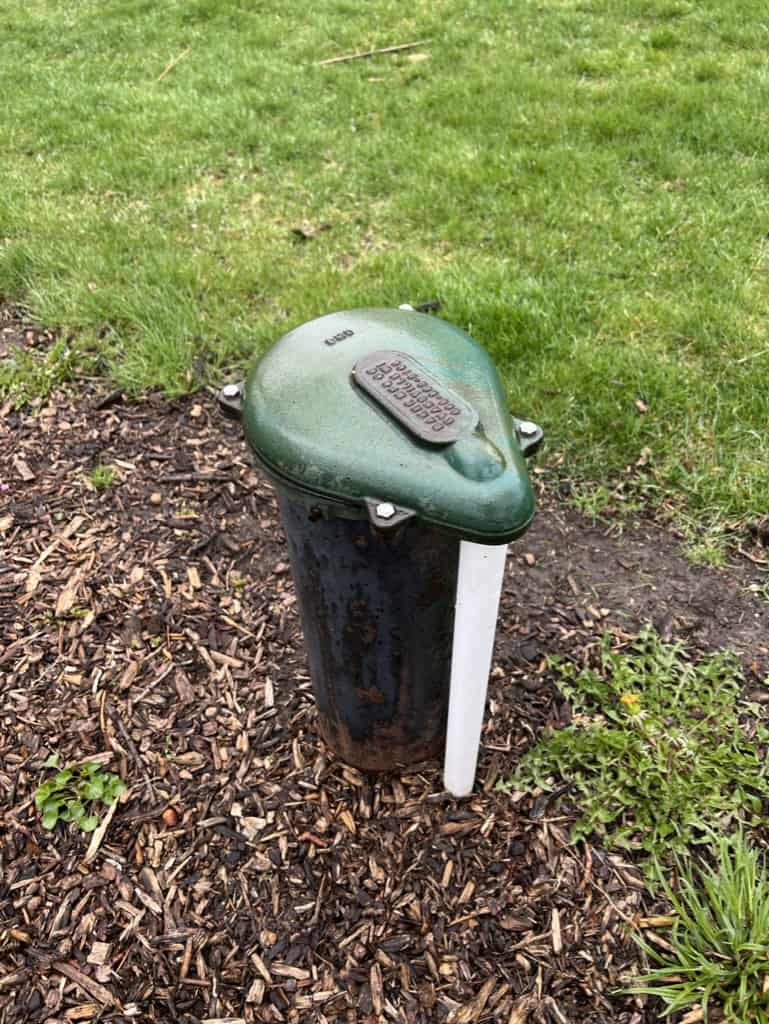
Characteristics of a Constant Pressure Well Pump
- The outside portion of the well will look the same as previously described, with the casing ending in an outdoor wellhead about 6″ wide.
- The pressure tank is typically much smaller than others-about the size of a milk jug.
- You will not hear any clicking from the tank whenever the pump starts or stops.
- Your water pressure and waterflow are nice and consistent.
Here is what the inside portion of a constant pressure well pump installation may look like:
Head-to-Head Comparison of the 3 Well Pump Options
For a free and easy resource to aid in your decision-making, you can always refer back to this chart. Here’s how the different types of pumps stack up against each other:
| Well Pump Types | Shallow | Submersible | Constant Pressure |
| Lifespan | 8-12 years | 12-15 years | 15+ years |
| Flow rates | Very low | Medium, but irregular | Very high |
| Pressure | Low (20-50 PSI) | Medium (40-60 PSI) | High (stable 65-80 PSI) |
| Efficiency | Low (avg 115v motor) | Medium (220v motor) | High (variable speed motor) |
| Noise Level | Extremely loud | Relatively loud | Quiet or inaudible |
| Cost of replacement (includes appropriate pressure tank) | ~$3,500-$6,000 | ~$4,300-$7,100 | $6,389-$9,765* |
*Upfront conversion costs account for most of the price difference between new standard and constant pressure pumps
Benefits to upgrading your well pump
After upgrading to a newer well pump, customers tend to experience substantial improvements in their quality of life.
We strongly recommend leaving shallow well pumps in the past. For customers who already have a standard (submersible) well pump, upgrading to a constant pressure can be a cost-effective way to improve your overall user experience.
Of course, a lot of variables weigh into a decision like this. So if you’re still in need of guidance in choosing a well water system that meets your wants, needs, and price point, please reach out to Austin Plumbing, Heating & Air for further information. After all, we know wells pretty well.
Looking to schedule Water Well Service?
From emergency service to routine maintenance or installations, Austin Plumbing Heating & Air is ready to take your call! Call us now to schedule an appointment.
